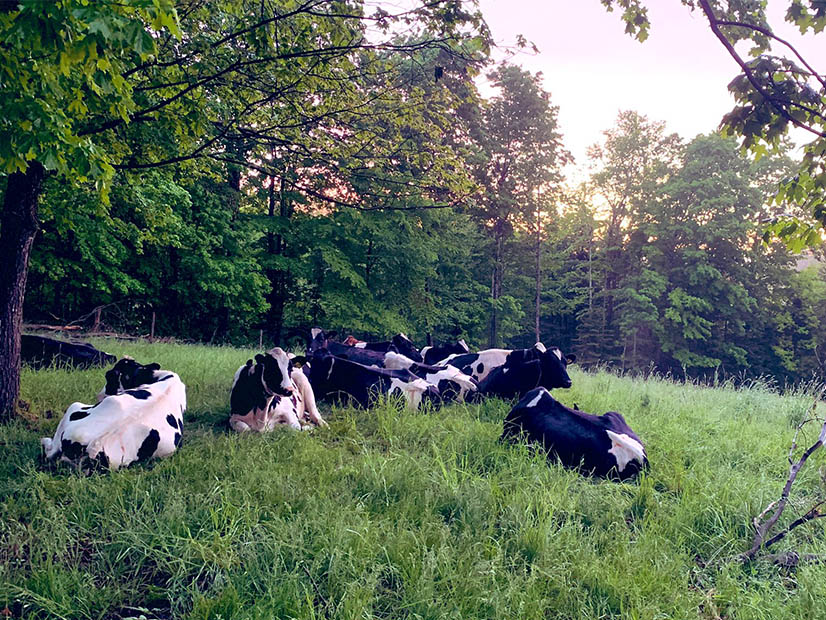
The Vermont Climate Council stopped short this week of adopting recommendations for the greenhouse gas accounting to be used for measuring emissions from the mitigation strategies in the state’s pending Climate Action Plan.
Council members want clarity on what the recommendations that stemmed from a review of the state’s existing GHG accounting would mean for how emissions from potential strategies will be analyzed. They did, however, agree to identify a way for Vermont to begin measuring either upstream or lifecycle emissions of in-state energy use and related emissions out of state.
The Vermont 2020 Global Warming Solutions Act determined that measuring lifecycle emissions is important, including emissions that occur outside the boundaries of the state.
Vermont does not currently measure lifecycle or upstream emissions, according to Jared Duval, council member and executive director of the Energy Action Network. And there are no “off-the-shelf” solutions for doing that, he said during the council’s meeting on Tuesday. The council decided to develop a request for information (RFI) on how to conduct those analyses so it can support the Vermont Agency of Natural Resources (ANR) in implementing them.
GHG Inventory Review
The council’s Science and Data Subcommittee worked with consulting firm Energy Futures Group (EFG) over the summer to review Vermont’s current GHG inventory and accounting methods and identify potential ways to enhance or modify them.
In its Aug. 10 report, EFG determined that the current inventory, which is based on gross in-state emissions for seven sectors, is suitable for developing an actionable climate plan. They also made several initial recommendations that the subcommittee asked the council to adopt.
While the report said the current inventory and methods should be maintained, it also identified opportunities to update them, including how the state tracks and reports on net emissions. It also recommended including supplemental information and sensitivity analyses in the existing inventory.
That information should include, for example, biogenic GHG emissions and the global warming potential of GHGs, according to Duval.
Council members did not object to any specific recommendations of the report but hesitated to adopt them without details on accounting for agriculture sector emissions in development by the Agriculture and Ecosystems Subcommittee.
Vermont’s current inventory, according to the report, estimates agriculture emissions based on livestock census data. EFG, however, said it’s better to use a land-based accounting system that addresses land management practices that reduce emissions and assesses opportunities for sequestration from agriculture and forests.
The Ag Subcommittee is working with the University of Vermont to understand the benefits of using that land-based system for the agriculture sector. The council held off adopting the full recommendations of the consultants’ report until the subcommittee can finalize its plan regarding the land-based system.
Upstream, Lifecycle Emissions
The report recommended that Vermont apply upstream emissions estimates as supplemental sensitivities to the current inventory method. An upstream emissions analysis, the report said, looks at all direct emissions of energy use without any geographic considerations. It would, therefore, account for the end use of natural gas and emissions from its production.
Lifecycle emissions, on the other hand, look at a broad set of emissions associated with energy, such as the energy used to manufacture a wind turbine and for transportation during project construction. Complete lifecycle inventories are “complex” the report said, and if Vermont chooses to adopt them, they could divert resources from other practical analyses.
The Science Subcommittee chose to recommend that the council move forward with the RFI to learn more about both accounting methods. For the methods to be useful, Duval said, they need to be updatable, flexible and accessible by the ANR.
The methods “will have to be stewarded and updated over time, not just into the future, but we also want to be able to compare in previous years and have baseline years to see how things have changed,” he said.

